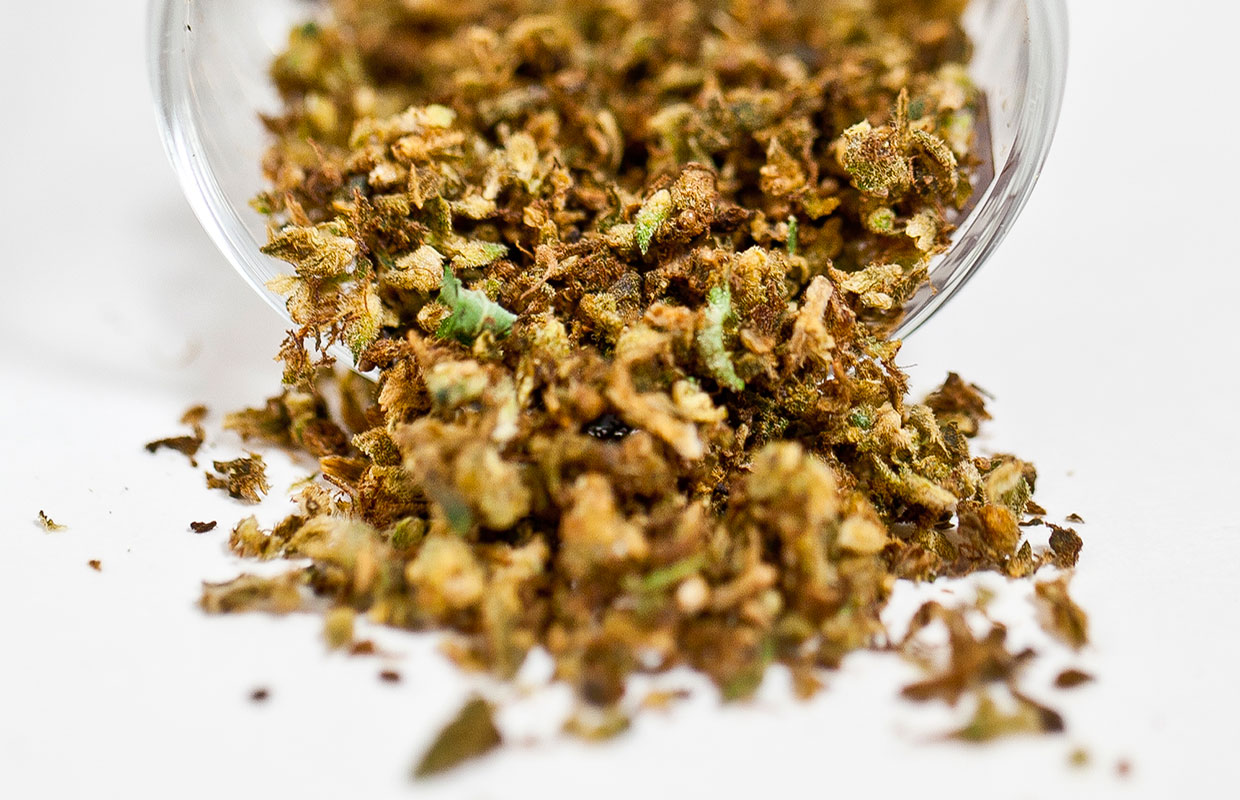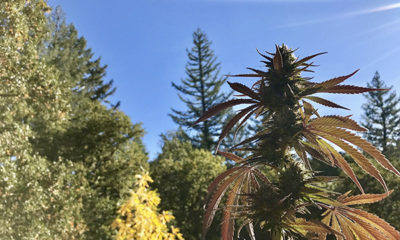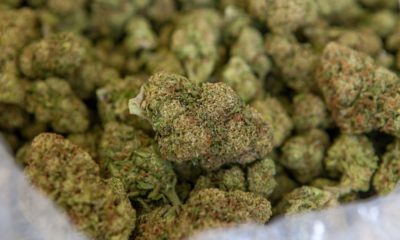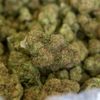
Joint Opinions
Stop Calling it Synthetic Marijuana, Spice Is Nothing Like Weed
Although the imitation herb commonly referred to as “Spice” or “K2” is often passed off as “synthetic marijuana,” this controversial street drug actually has very little in common with the cannabis plant. Strangely, claims are often made that this dangerous substance simulates the effects of marijuana, but the last time we checked, cannabis has never killed anyone, nor has it ever forced users into fits of psychotic rage that leads to them decapitating their significant other and gouging out their own eyeballs.
Of course, most sane medical experts understand the declaration over “synthetic marijuana” being in the same ballpark as cannabis is, perhaps, one of the biggest inaccuracies of the past decade. Dr. Malik Burnett, resident physician at Johns Hopkins Bloomberg School of Public Health, recently told TheDCist that synthetic marijuana is only referred to as such because it is engineered to mimic the structure of the psychoactive compound in marijuana, THC. However, while chemists are doing their best to copycat this cannabinoid without running a foul with the federal government, Burnett suggests that their gutter science has forced the label “synthetic marijuana” because “it looks like a cannabinoid,” even though “it’s not a cannabinoid at all.”
What makes these compounds dangerous and difficult for the federal government to get a leash on is the fact that these chemicals are constantly changing in order to avoid being buried in the backyard of the Drug Enforcement Administration. Once the DEA outlaws a particular compound used in the production of this drug, some chemist somewhere devises an alternative variation of the chemical that keeps the product legal and on the shelves.
Essentially, people who partake in spice are consuming a laundry list of unstable chemical compounds that have the uncanny ability to toss fragile minds into fits of psychosis and ultra-violence that remain unprecedented outside the realm of Angel Dust. Nothing drives home the sheer insanity of this drug quite like the news that often surfaces immediately after someone goes on a wild-eyed bender with this stuff.
Earlier last week, for example, the nation looked on in absolute horror after reports surfaced about an Arizona man who decapitated his wife and their two dogs before gouging out one of his eyeballs – all after a night of smoking spice. Although the man, 43-year-old Kenneth Wakefield, had a history of mental illness, it became readily apparent while reading the details of this man’s wild night in Phoenix that his bout with K2 had driven him straight over an edge for which he will never return.
Recently, in addition to random acts of Caligula-esque violence, overdoses on these synthetic compounds have begun spiraling out of control to the point where public health officials are now increasingly more perplexed as to how to combat this nasty epidemic. In April, there were reportedly around 1,000 hospitalizations alone stemming from the use of spice. Shockingly, these numbers represent “more than double the total number of cases seen in the first three months of 2015 and nearly four times the total recorded by this time last year,” according to the International Business Times.
Also, the latest statistics from the American Association of Poison Control Centers indicate that calls to Poison Control over spice skyrocketed from 112 in 2009 to over 6,500 in 2011. Even the federal government, which has maintained that cannabis is a dangerous drug with no medicinal value for many decades, wants the public to understand that the spice craze has nothing to do with the cannabis plant. According to Centers for Disease Control, “Synthetic marijuana is a designer drug that does not contain marijuana but rather contains any of a variety of plants sprayed with laboratory-produced chemicals.”
While these synthetic cannabinoids are often mistaken for legally accepted forms of marijuana, these products have been linked to a myriad of health detriments, including psychosis, stroke, seizures and even death — more than enough evidence that these vile synthetics are in no way the same as marijuana.
“This is much closer to meth [methamphetamine] than it is to marijuana,” said Mike Van Dyke, chief of environmental epidemiology and occupational health at the Colorado Department of Public Health and Environment in Denver.
Dr. Andrew Monte published a study last year in the New England Journal of Medicine, which found that people were causing themselves sometimes, irreversible physical and mental damage with the use of spice. Although these products may seem safe because they have managed to slip through the cracks of regulation, “people may not realize how dangerous these drugs can be – up to 1,000 times stronger binding to cannabis receptors when compared to traditional marijuana.”
Humans are armed with cannabinoid receptors in the brain, which THC reacts to with just enough imperfection that most people do not experience a negative reaction. However, these synthetic formulas that are plaguing the nation bind perfectly to the human cannabinoid receptors, which throws the reaction into full throttle mode, causing a much stronger response.
The bottom line is that these so-called synthetic cannabinoids are wreaking havoc on an obscene percentage of the population, with only one solution to the problem – putting an end to marijuana prohibition.
While this concept may sound like a bit of a stretch, it is important to understand that history repeats itself and that almost every unsavory situation that threatens to unravel the fibers of civil society comes with a blueprint towards finding a solution.
For example, during the days of alcohol prohibition, some people were engaging in the extremely dangerous practice of consuming methanol to scratch the boozehound’s itch. Not only did drinking this industrial inebriant result in tens of thousands of people going blind, but also it reportedly caused around 50,000 deaths. Fortunately, once prohibition ended, those who were forced to rely on wood spirits for a buzz had the availability of purchasing a safer alternative… and most did. Sure, there is still the occasional case that pops up from time to time about some idiot going blind from drinking methanol, but there are nowhere near the tens of thousands of reports that surfaced during the times of prohibition.
Therefore, it makes sense to consider that if the federal government would lift the nationwide ban on marijuana, there would undoubtedly be fewer cases (perhaps none at all) of people smoking spice in an attempt to get high. After all, why would anyone choose to ingest poison when they can grow cannabis in their backyard or purchase it legally down at the local dispensary? It’s simple… most wouldn’t.
What do you think? Should we stop calling spice synthetic marijuana? Tell us below.
























